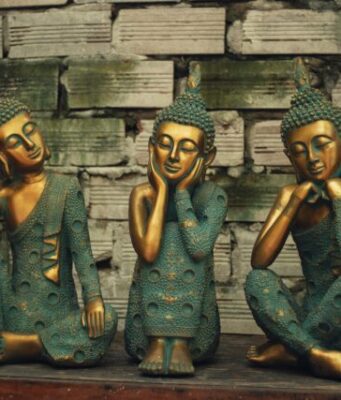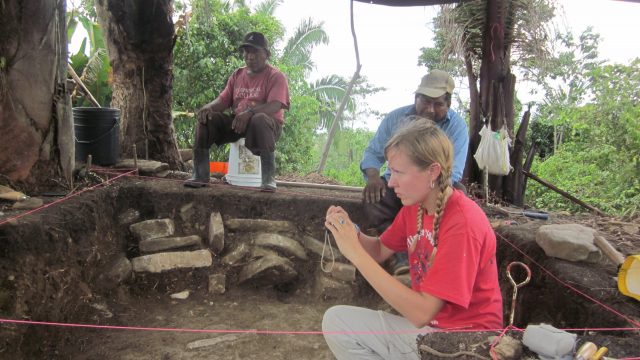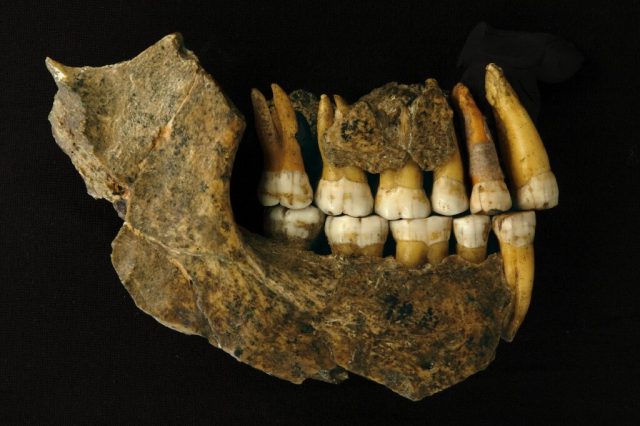Bishop Peder Winstrup died in 1679, and is one of the most well-preserved human bodies from the 1600s. Researchers at Lund University in Sweden may now have solved the mystery of why a fetus was hidden in his coffin...
A team of researchers, led by the Instituto de Ciencias del Patrimonio (Incipit-CSIC) and the Instituto de Astrofísica de Canarias (IAC), in collaboration with the team from the Arqueological Zone of Caral (Perú) led by Dr. Ruth Shady Solís,...
Bronze Age mining sites relied on outside sources to deliver pre-processed food to sustain the community, according to a study published March 24, 2021 in the open-access journal PLOS ONE by Andreas Heiss of the Austrian Academy of Sciences and colleagues.
Bronze...
Every society has some degree of wealth inequality -- over history, across continents, there always seem to be some people who have more than others. But the amount of inequality differs -- in some civilizations, a few powerful people...
The first documented record of salt as an ancient Maya commodity at a marketplace is depicted in a mural painted more than 2,500 years ago at Calakmul, a UNESCO World Heritage site in the Yucatan Peninsula in Mexico. In...
An important Maya man buried nearly 1,300 years ago led a privileged yet difficult life. The man, a diplomat named Ajpach' Waal, suffered malnutrition or illness as a child, but as an adult he helped negotiate an alliance between...
Scythian people of ancient Ukraine led more complex lives than commonly assumed, according to a study published March 10, 2021 in the open-access journal PLOS ONE by Alicia R. Ventresca Miller of the University of Michigan and colleagues.
The Scythian people, who...
Neanderthal fossils from a cave in Belgium believed to belong to the last survivors of their species ever discovered in Europe are thousands of years older than once thought, a new study said Monday.
Previous radiocarbon dating of the remains...
The Pazyryk carpet is the world's oldest example of a knotted-pile carpet and is kept at the State Hermitage Museum in St. Petersburg, Russia. The carpet, which was made out of new wool at around 400 BC, is one of the...
It is still unclear how the Neanderthals died out. For long, one theory seemed most likely: the emergence of the highly intelligent Homo sapiens, or modern humans. This competition hypothesis is no longer the dominant theory among scientists, research...
In a world first, an international team of researchers has read an unopened letter from Renaissance Europe -- without breaking its seal or damaging it in any way.
The research, published in Nature Communications, describes how an X-ray scanner used in...


















